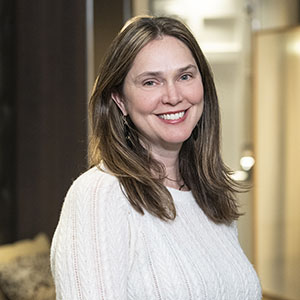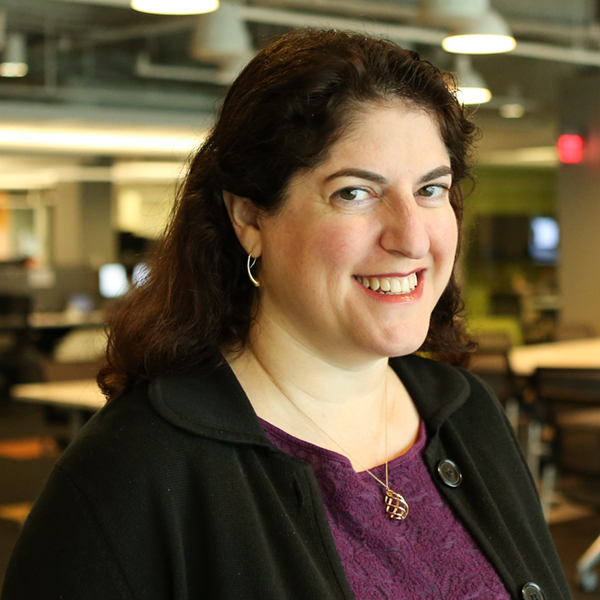Executive Summary
For many foundations, advocacy for government programs has been a time-tested way to address social problems. It’s “the most direct route to supporting enduring social change for the poor, the disenfranchised and the most vulnerable among us,” says Gara LaMarche, former president of the Atlantic Philanthropies. In fact, a Bridgespan Group analysis of philanthropic gifts exceeding $1 million found that 23 percent fell into the advocacy category, a much higher percentage than expected. But it’s a path now made more arduous by a confluence of unfavorable events.
Elected officials from Capitol Hill to City Hall struggle to cope with shrinking revenues and service cutbacks. In this hostile fiscal climate, advocacy to expand the role of government and government spending has become a zero-sum game in which increasing spending in one area entails decreasing it in others. Even if funds were available to pay for new, foundation supported initiatives, our political parties seem incapable of working together to craft them.
With fiscal belts tightened and political parties polarized, how should philanthropy go about working with government to address social sector problems? Bridgespan has identified three promising approaches: investing in government’s capacity to govern, giving to nonprofits in ways that make them more attractive for government funding, and underwriting advocacy work to mend broken political and budgetary processes. Our research turned up examples of each in action. Among them:
- Investing in government institutions: The Broad Foundation set out a decade ago to address a leadership development gap in America’s public education system, governments’ largest single expenditure. Today, almost one third of the nation’s 75 largest districts have superintendents or other highly placed central-office executives who have undergone training at the Broad Residency in Urban Education and the Broad Superintendents Academy.
- Helping nonprofits attract government funding: The Nurse-Family Partnership (NFP) had proven its ability to improve the lives of low-income mothers and their children. To grow, NFP needed to develop a measurement system to ensure program quality at expansion sites. When no government agency stepped up, several foundations stepped in and made funding available. That investment in capacity building propelled NFP’s expansion, underwritten with government funds, to 41 states. And the Affordable Care Act, passed in 2010, included $1.5 billion for evidence-based home visiting programs like NFP.
- Mending a broken political process: Five big California foundations came together in 2007 to address the whole process by which California state government made—or increasingly failed to make—major policy and budget decisions. The foundations pooled over $30 million to launch California Forward, a bipartisan organization focused on reforming state government to promote pragmatic, fiscally sound public policy that would be responsive to Californians. To date, California Forward’s efforts have helped overhaul the redistricting process and restructure its primary process.
These examples illustrate different types of philanthropic work in and around government that we believe hold promise in a new age of austerity.
Daniel Stid is a partner with The Bridgespan Group and co-leads the organization’s performance measurement practice. Alison Powell manages Bridgespan’s philanthropy practice. Susan Wolf Ditkoff is a Bridgespan partner and co-leader of Bridgespan’s philanthropy practice.
The authors would like to thank Leah Karlins, Bradley Seaman, and Vishal Shah for their research and editorial assistance on this paper.




